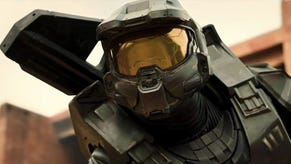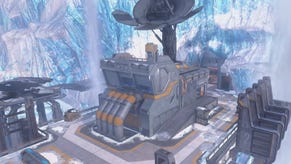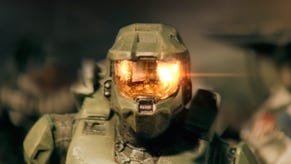Speaking of polish
The fight, finished.
Third Rock
Speaking of polish, much has been made of Halo 3's testing process - a hugely advanced foray into the science of entertainment, which analysed mountains of data on player behaviour and allowed the developers to tweak and streamline their levels on that basis. Okay, so the idea of a giant focus-testing lab is about as far from the romantic ideal of the visionary genius as you can get - but there's no denying that it works, and it works damned well.
Early levels in Halo 3 - right through the first two thirds of the game, in fact - are among the most perfectly designed, streamlined and considered first person shooter levels you will ever play. Each level provides the illusion of choice and of a vast, navigable play-area, while carefully funnelling you through set-piece after set-piece using subtle cues and clever design tricks.
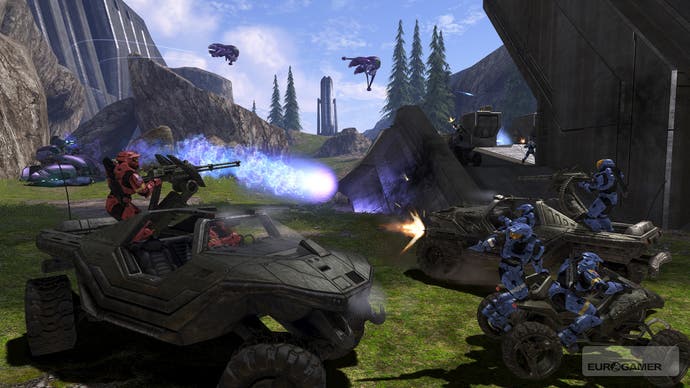
Each encounter is balanced to provide a challenge without becoming frustrating, and we never managed to get lost or stuck - a sentiment mostly echoed by everyone else we know who's had their hands on the game. It manages to straddle the tricky middle ground between being too easy and being frustrating, providing a challenge without inducing controller-hurling rage. The Heroic and Legendary difficulty modes remain nicely balanced for players at higher skill levels, with arguably the best experience to be found on Heroic, thanks to somewhat more intelligent enemy AI.
There is a caveat to all of this praise, however. Simply, the game falls into the same trap that both of its predecessors have done - it doesn't feel entirely finished, with the incredible polish of the early levels fading to a more lacklustre shine as you approach the end of the game.
This was something of a showstopper before - literally, in the case of Halo 2, which simply felt like later levels had been chopped out entirely, and more figuratively in Halo 1's case, with the team opting for the much-derided backtracking levels to pad out the game. Thankfully, it's by no means as bad this time around. Bungie is now certainly better at finishing games, but it is also better at not finishing them.
True, Halo 3's later levels aren't up to the standard of early levels, with frustrating map design and unfair checkpointing becoming more common as you get past five or six hours of play (the full game clocks in at around eight hours on Normal difficulty). Never once, though, does it ask you to backtrack significantly, and the whole thing comes to an ultimately satisfying and enjoyable conclusion.
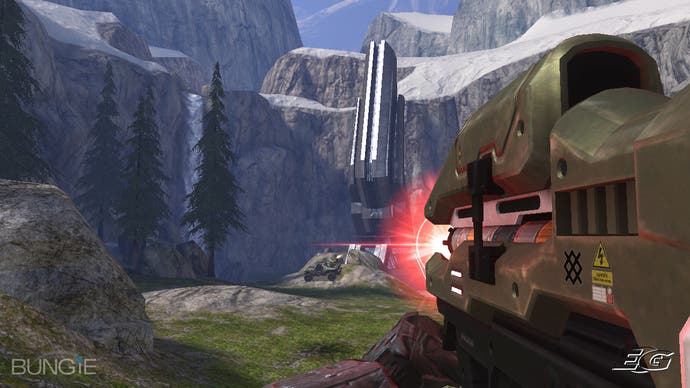
The incredible attention to detail and response to player feedback also carries over into the game's multiplayer aspect. Whereas Halo 2 was accused of focusing on multiplayer to the detriment of the single-player experience (let's not forget that a huge number of Halo 2 players never took the game online, and the same may well hold true for Halo 3), this third instalment finds a perfect balance. The singleplayer campaign is full and satisfying; and nobody who plays online is likely to come away feeling short-changed.
Whereas some publishers use beta tests as promotional tools, our gut feeling is that Halo 3's multiplayer beta earlier this year was an exercise in large-scale data gathering - and that data has been put to good use. Each multiplayer map in Halo 3, each weapon and each game mode has been tweaked and polished, its rough edges sanded down so that the carnage flows with a balletic grace that improves on Halo 2 in every way that counts.

